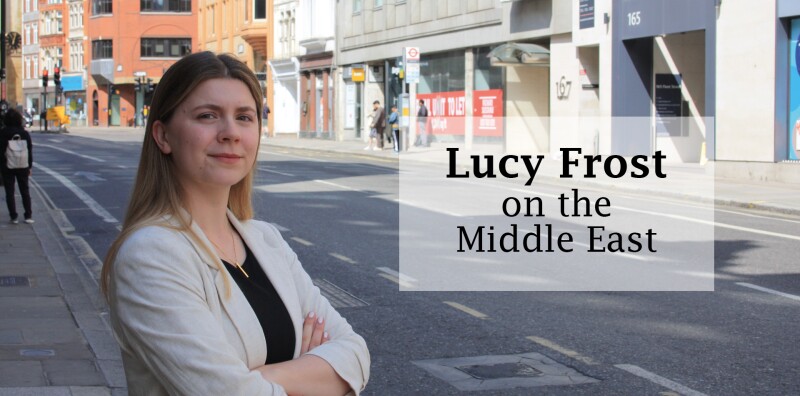
Abu Dhabi Islamic Bank (ADIB)’s AT1 issuance surprised the market last week with overflowing orderbooks for a tightly priced sukuk that marked the first tier-1 issuance in emerging markets since the wipe-out of Credit Suisse’s AT1s in March this year.
The GCC bank was able to price the sukuk with a profit rate of 7.25%, only marginally higher than the AT1 this transaction is expected to refinance, an outstanding sukuk callable in September with a 7.125% coupon.
Not only did the $750 million perpetual non-call 5.5-year sukuk see such comfortable pricing, it also generated an orderbook almost 10 times oversubscribed at $7 billion.
It was clearly a resounding success. But to take the issuance as a sign of broad recovery of the AT1 market, rather than a standalone deal unique to ADIB’s credit profile and operating environment, would be a mistake.
The issuance follows a number of recent AT1 refinancing deals in Europe, where the market has seen a slow and steady recovery after the Credit Suisse collapse and subsequent questions over the status of AT1s.
In July, Spain’s Abanca priced its €250 million perpetual non-call January 2029 paper at 10.625%, replacing an issuance with yield of 7.5%. While in June, BBVA issued its €1 billion AT1 callable in December 2028 with a yield of 8.375%, set to replace an AT1 callable this year with a yield of 5.875%.
Winning cards
That ADIB was able to price its sukuk so tightly, with a profit rate only 12.5 basis points higher than its September 2023 paper is an impressive feat. But the bank held a number of winning cards that mean this unlikely to be a template for other emerging-market or even Europe issuances.
Firstly, the Islamic bank’s balance sheet makes an AT1 a safer bet. ADIB’s only AT1 outstanding is that September 2023 note, which this issuance is expected to replace, and, unlike most European banks, it has no senior debt outstanding higher in the capital stack.
If the AT1 hadn’t been in sukuk form and provided for Islamic investors, it could have been a lot more expensive for ADIB to refinance
Added to that, the operating environment in the GCC is very different to that in Europe. Boosted by higher oil prices and buoyant capital markets, the view among debt capital markets bankers is that the central banks in the region will not do anything to deter market access for their issuers or that would require investors to take the kind of loss that Credit Suisse bondholders suffered.
Meanwhile, the high level of liquidity in the region, particularly in Islamic markets, which has been creating cheaper fundraising opportunities for sovereigns too, which meant the bank had a very healthy supply of funds to tap.
If the AT1 hadn’t been in sukuk form and provided for Islamic investors, it could have been a lot more expensive for ADIB to refinance.
Regional story
ADIB’s issuance isn’t totally unique. Al Ahli Bank of Kuwait could share some of the same success if it refinances its outstanding sukuk callable in September, as expected. But it is a regional story. Despite being the first emerging-market AT1 new issue since March, it is unlikely to set a precedent for issuances outside the GCC or in the conventional bond market.
It is not all bad for the European AT1 market, which is showing signs that it remains affordable for banks to tap. BBVA saw an order saw three times oversubscribed and was able to refinance at a yield lower than what the original AT1s would have reset at – 8.75% – were it not to call its bond this September.
But for emerging-market issuers outside the GCC, the question of whether to call or not will be much more difficult as they weigh up more challenging operating conditions and the likely higher cost of refinancing compared to coupon re-sets against the risk to future market access from not calling.
And it won’t just be a question for additional tier-1 capital refinancing. As Santander Mexico comes up to the first call date for its 2018 tier-2 issuance, investor eyes will be on the bank and whether it decides to call.
